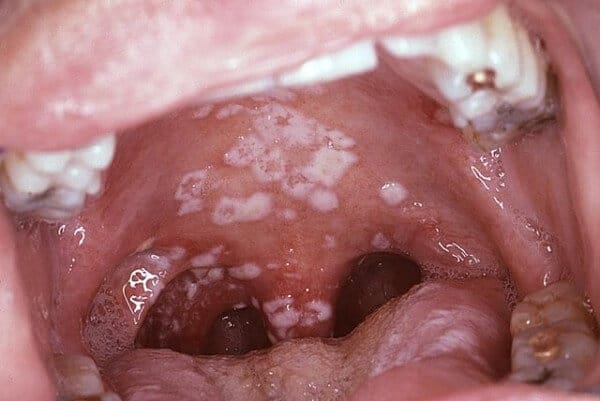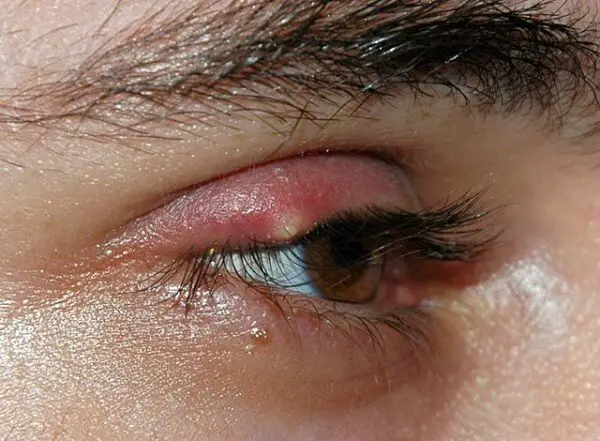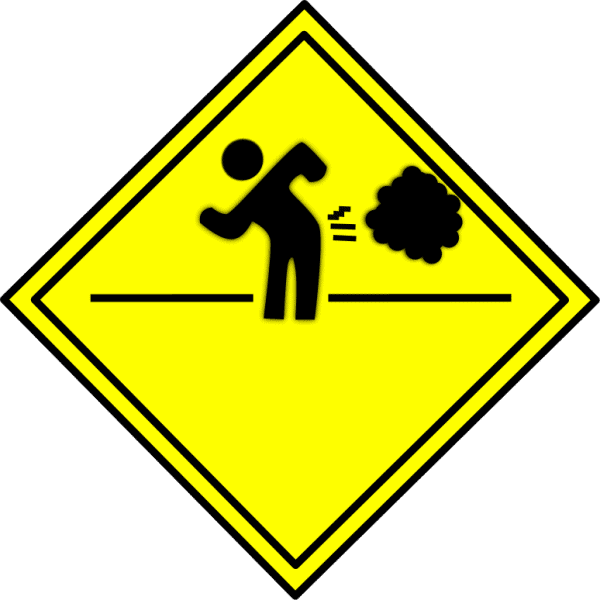
How To Get Rid Of Spiders Naturally (Guaranteed Effective!)
My wife is terrified of spiders so we needed to find a safe/natural way to

My wife is terrified of spiders so we needed to find a safe/natural way to

We’ve all had moments where our legs seems to have a mind of their own.

The human body is home to an entire realm of microorganisms. Everywhere on your body

What is a stye? We need to understand this before simply reaching for the home

Before we get the the natural home remedies for thrush, let’s take a moment to

Nausea within itself is not a disease, but rather a symptom of an underlying cause.

For millions of men and women, the goal of cultivating and sustaining a beautiful head

Chances are you’ve found yourself in a gas emergency. No, we’re not talking about gasoline,